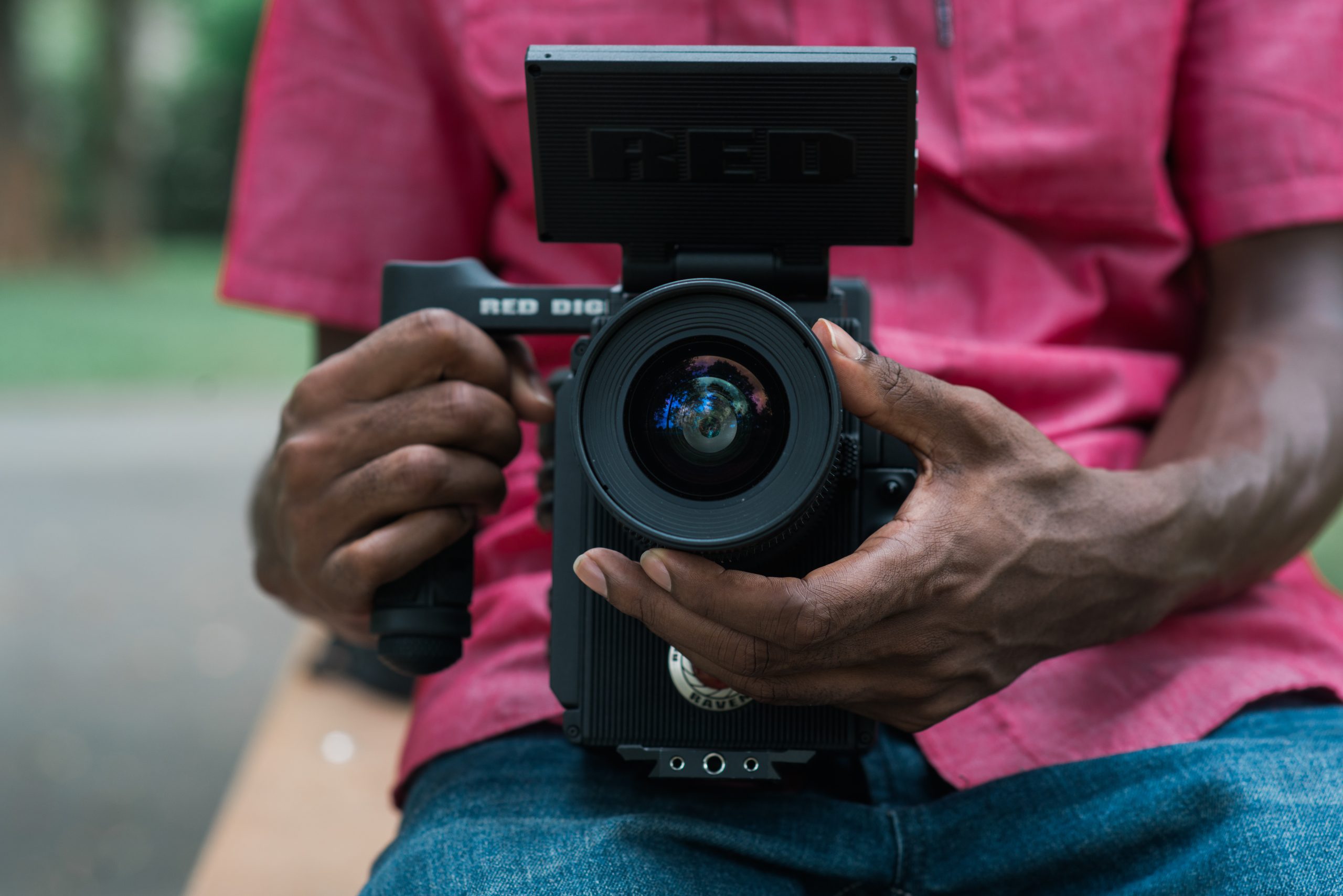Photo by Skye Studios on Unsplash
Does the thought of appearing on video make you cringe? Do you typically use a still picture whenever you can get away with it if attending a meeting on Zoom? If so, you’re not alone. Although computer and phone cameras are better than they used to be, most of us don’t like the way we look on camera.
According to a 2021 survey by the career site Zippia, only seventeen percent of workers prefer meetings with online cameras to other meetings. Why don’t workers like online meetings? They don’t want to be on camera.
Yet, like it or not, we are living in a world where video is used increasingly to share messages of all kinds. Instagram, TikTok, Facebook, YouTube, and other social media platforms are full of videos that get enormous amounts of traffic. Meanwhile, Zoom, Teams, LinkedIn videos and other workplace apps make being on camera more of the norm than the exception.
If you’re one of the many people who are squeamish about being on camera, there are things you can do to make friends with cameras and video:
1. Good lighting is essential.
Without it, professional photographers would never be able to capture the compelling photos they need to sell their clients’ products. Lighting can make the viewer’s experience more romantic, exciting, and engaging. When you’re appearing in a video, lighting is crucial to the experience you are creating for the viewer. The quality of lighting in your video will also tell the viewer a lot about how professional you are.
For the best experience, avoid overhead lighting, which will result in dark shadows on your face. Back lighting coming from behind you will make your face and features less visible. Instead, face a source of natural light for the most natural skin tone. You can also reduce shadows on your face through the use of a ring light. If you’re attending a Zoom meeting, click on the arrow next to the video icon. You should then see options like “Touch up my appearance” which will help brighten up your face and hair.
2. Identify the best angle.
Take the time to look at how your camera is placed. Cameras that are situated below your face are facing you at an upward angle, which isn’t likely to be flattering. It’s best if the camera can be a bit above eye level. If you wear glasses, be sure they aren’t directly reflecting any light that is pointed your way.
If you’re not using Zoom or any platform where you need the computer’s camera, try mounting a phone camera on your computer screen, buy a stand for your phone or mount it on a tripod. To find the best height, use a stack of books under your laptop or phone.
3. Pay attention to how you sound.
Make sure you are in a quiet room with good acoustics, which means the way sound waves are reflected so they can be easily heard by a listener. Use furniture and soft objects to absorb sound and remove echoes. If you’re on Zoom, ask others to mute while you are speaking to minimize the possibility of feedback.
4. Wear makeup that doesn’t look like you’re wearing it.
You don’t have to go all out (unless you’re a professional reporter or a celebrity influencer or program host). You can use a tinted moisturizer or primer or beauty balm (BB) cream. The right makeup will help even out your skin town and brighten your skin. Experts say you should choose a “matte” finish, to minimize oiliness on your face. For the best result, look for makeup that doesn’t look like makeup.
5. Choose the right clothes!
- Stay away from loud patterns, including bold stripes, florals, or too-bright shapes.
- Don’t wear anything shiny such as sequins or shiny jewelry.
- Wear solid colors that aren’t super bright.
- If you are using a green or blue screen background, don’t wear blue or green or you’ll disappear onscreen.
- Collars can make your neck longer and offer an excellent way to clip a lapel microphone.
6. Sit up straight and look viewers in the eye.
Posture, position, and eye contact are crucial elements in any successful video. Make sure you are sitting up straight and not hunched over as you face the camera. If you want it to seem as though you are speaking directly to viewers, make eye contact with the camera as you are talking. Don’t watch yourself. Watch the camera—and don’t forget to make the audience feel welcome by smiling.
7. Clear your background.
You don’t want the audience to see your leftover dishes, broken toys, or any sort of clutter when they’re watching you. Make sure you remove any distracting items from the wall or area behind you. Everything the camera sees should bring attention to what you want to say.
8. Start out strong.
If you’re presenting information, it’s vital to get the audience’s attention quickly. If you don’t, chances are you will lose your audience quickly. Start with a powerful opening that makes the viewer want to see more. Ask an interesting question or pass along an interesting fact. Be direct, be clear, and be brief, so the viewer wants to take the time to listen to you. If you haven’t hosted many videos, watch other videos to see how they capture audience members’ attention.
9. Build a simple structure and include a call to action.
Include three main elements: the beginning, middle and end. Be as economical as you can so your message is easy to follow, and viewers can understand what they are watching quickly. Include a call to action that motivates viewers to do something after watching your video. Whether you want viewers to buy a product, call their legislators or exercise more is up to you; the main task you have is to get your viewers to take the desired action.
10. Consider subtitles and/or background music.
If someone in your audience has trouble hearing, or is not a native language speaker, or is in a noisy area without speakers, subtitles can mean the difference between your video being watched or ignored. Some platforms such as Facebook and YouTube create subtitles for you automatically. Other platforms may require you to add them yourself, but most offer simple text editing programs for users. Subtitles and background music offer viewers a more engaging experience.
One Last Tip
The last thing you need to do before you make your video is to schedule a quick rehearsal. Evaluate sound and lighting and tweak away before anyone is watching you online. Now’s the time to check your hair, wardrobe, makeup and make changes. Rehearse what you’re going to say and if you can memorize it, do. If not, there are other options out there, such as teleprompters.
Using the tips laid out here may not be foolproof, but you can get a little more familiar and a little less anxious about making or being part of a video. The more familiar you become with the process, the more confident you’ll be.
 Author: Jenna Zark
Author: Jenna Zark
Jenna Zark, Principal at Zark Writing LLC, has worked in journalism, public relations, video script writing, philanthropy and communications positions. She is an award-winning playwright and published author whose most recent book Crooked Lines won six awards and honors in 2023, including first prize in the Overcoming Adversity Memoir Category from Next Generation Indie Book Awards. Please visit www.jennazark.com to learn more.


 Author: Jenna Zark
Author: Jenna Zark
0 Comments